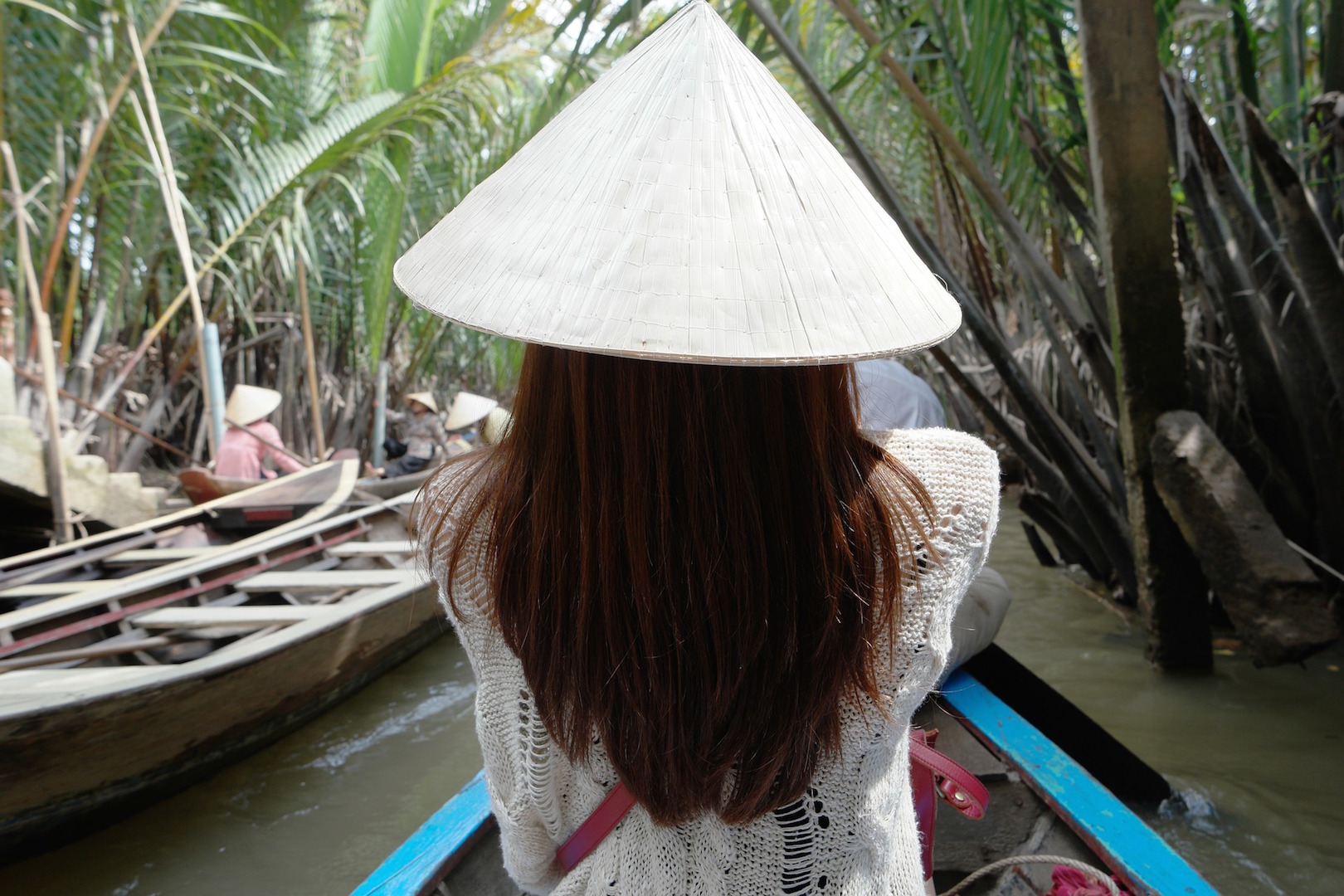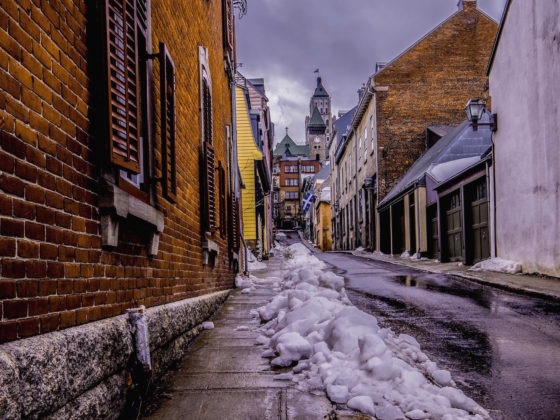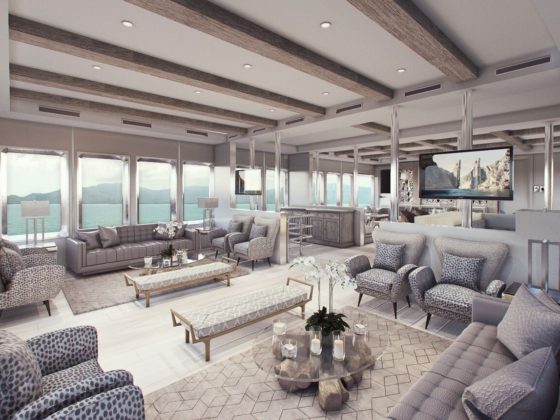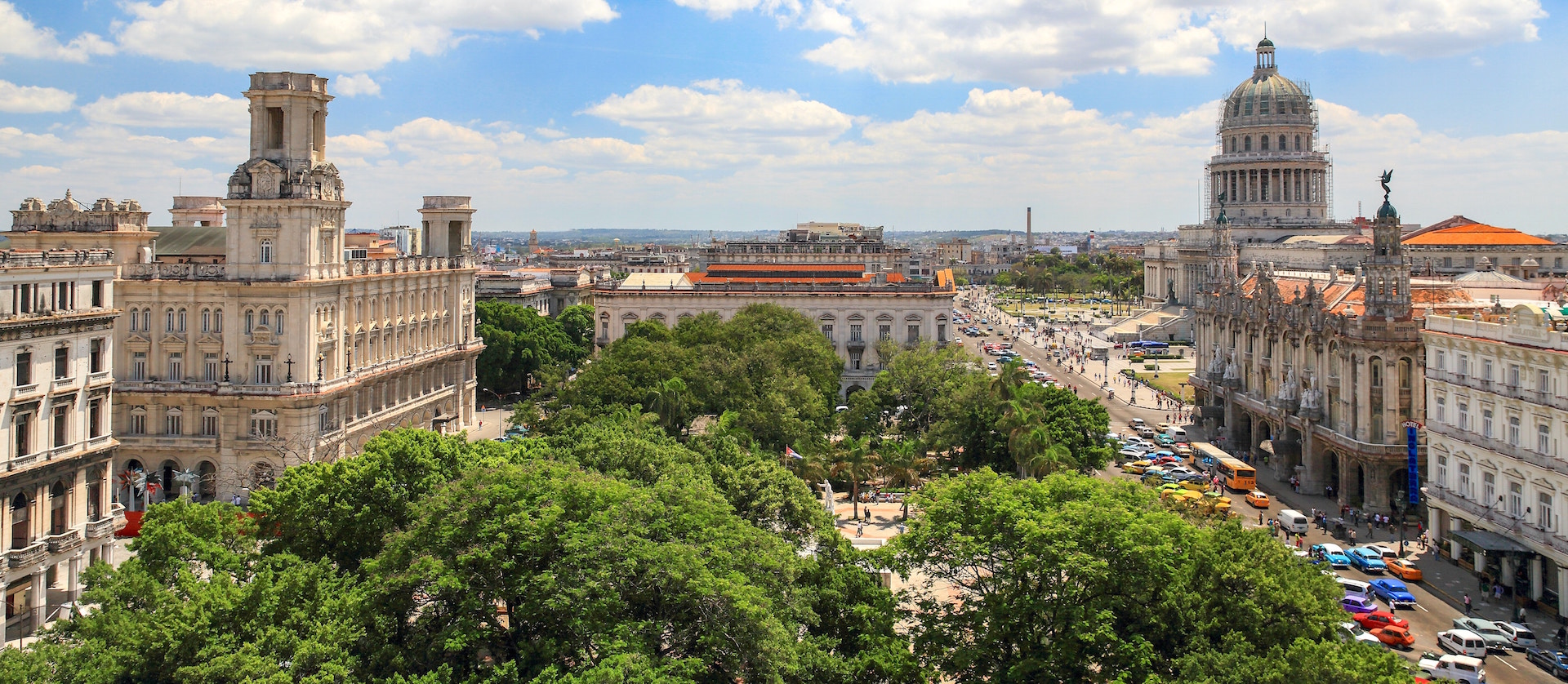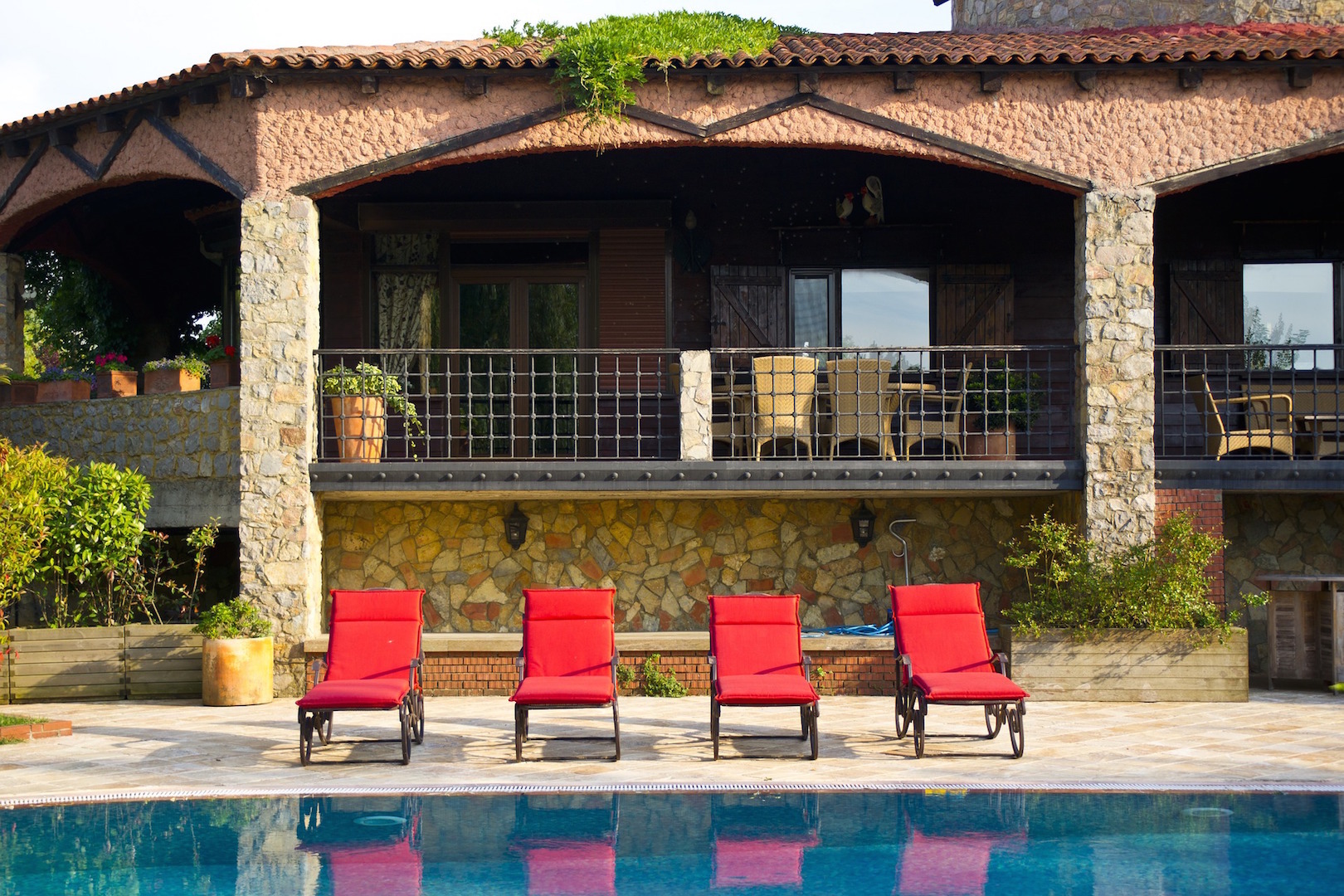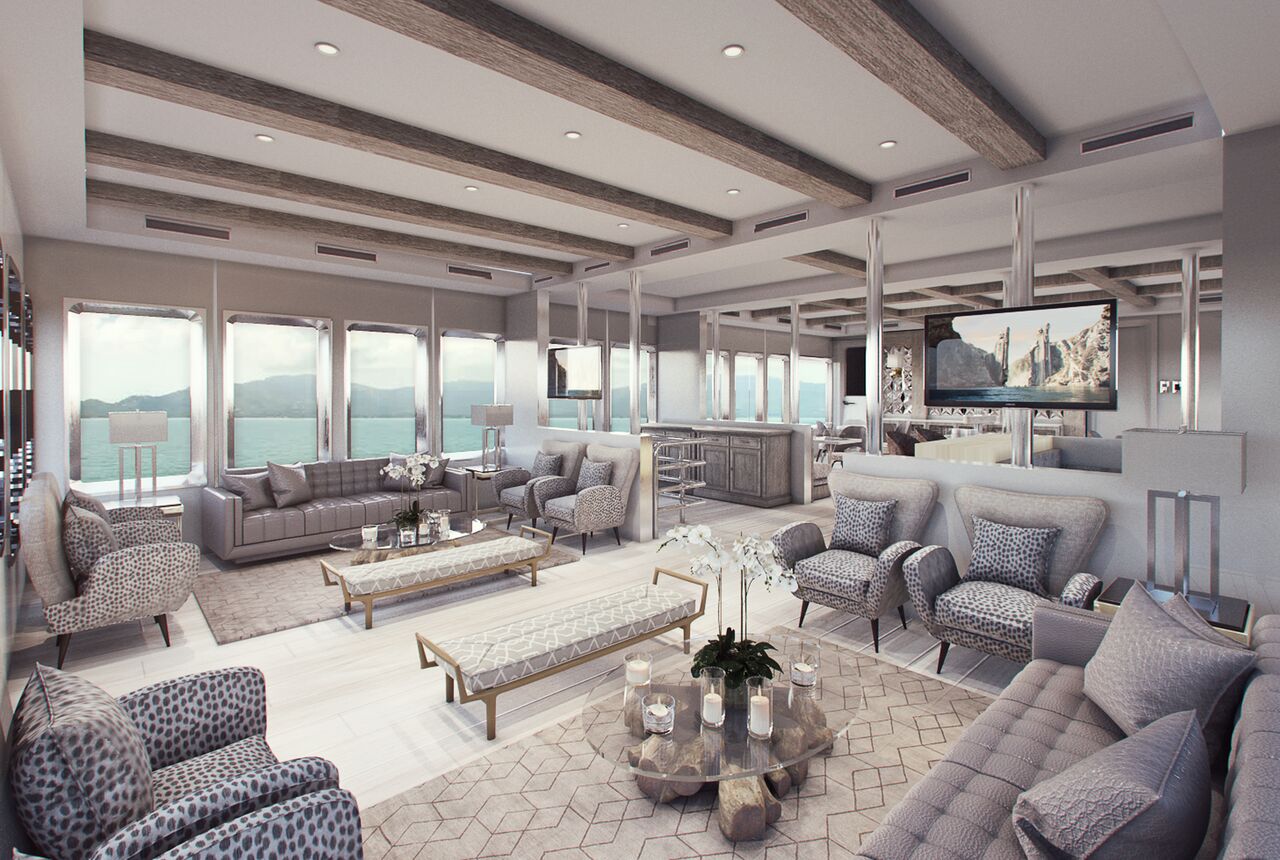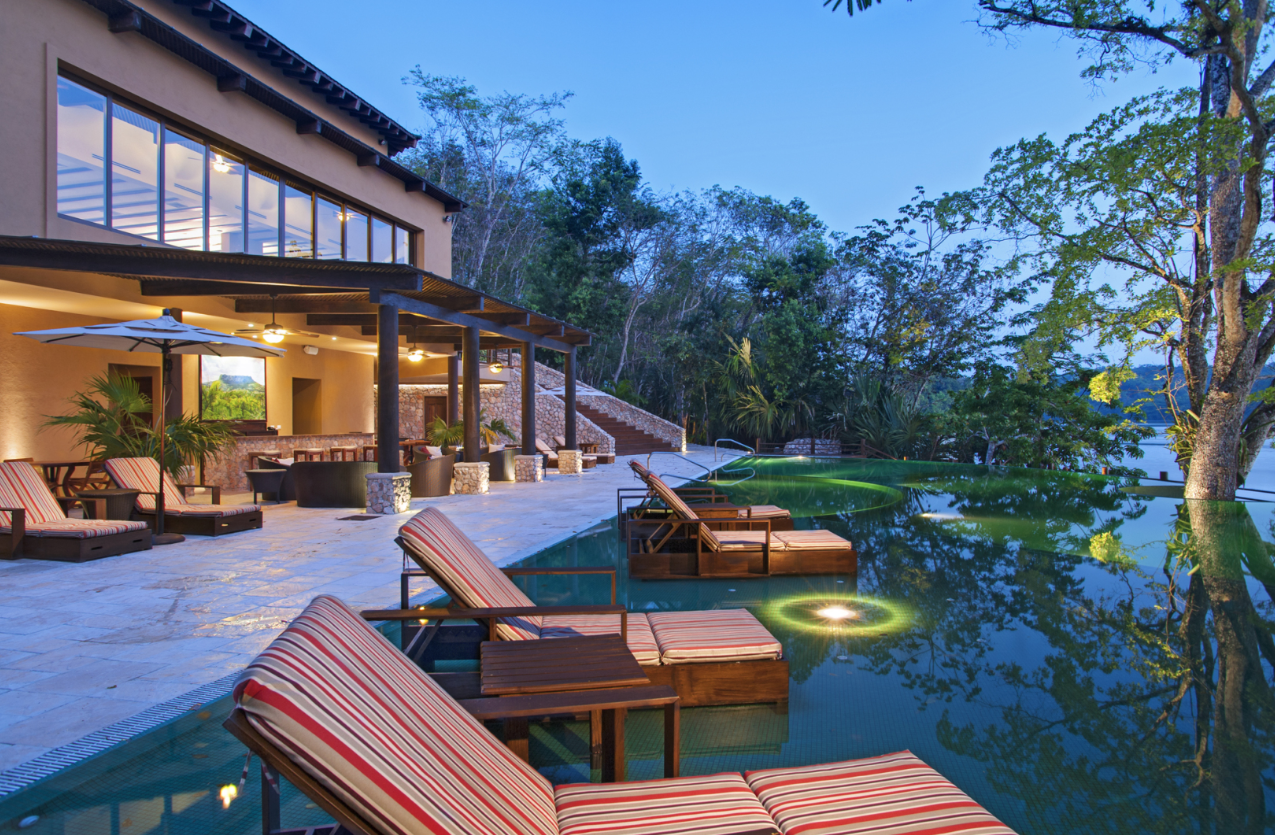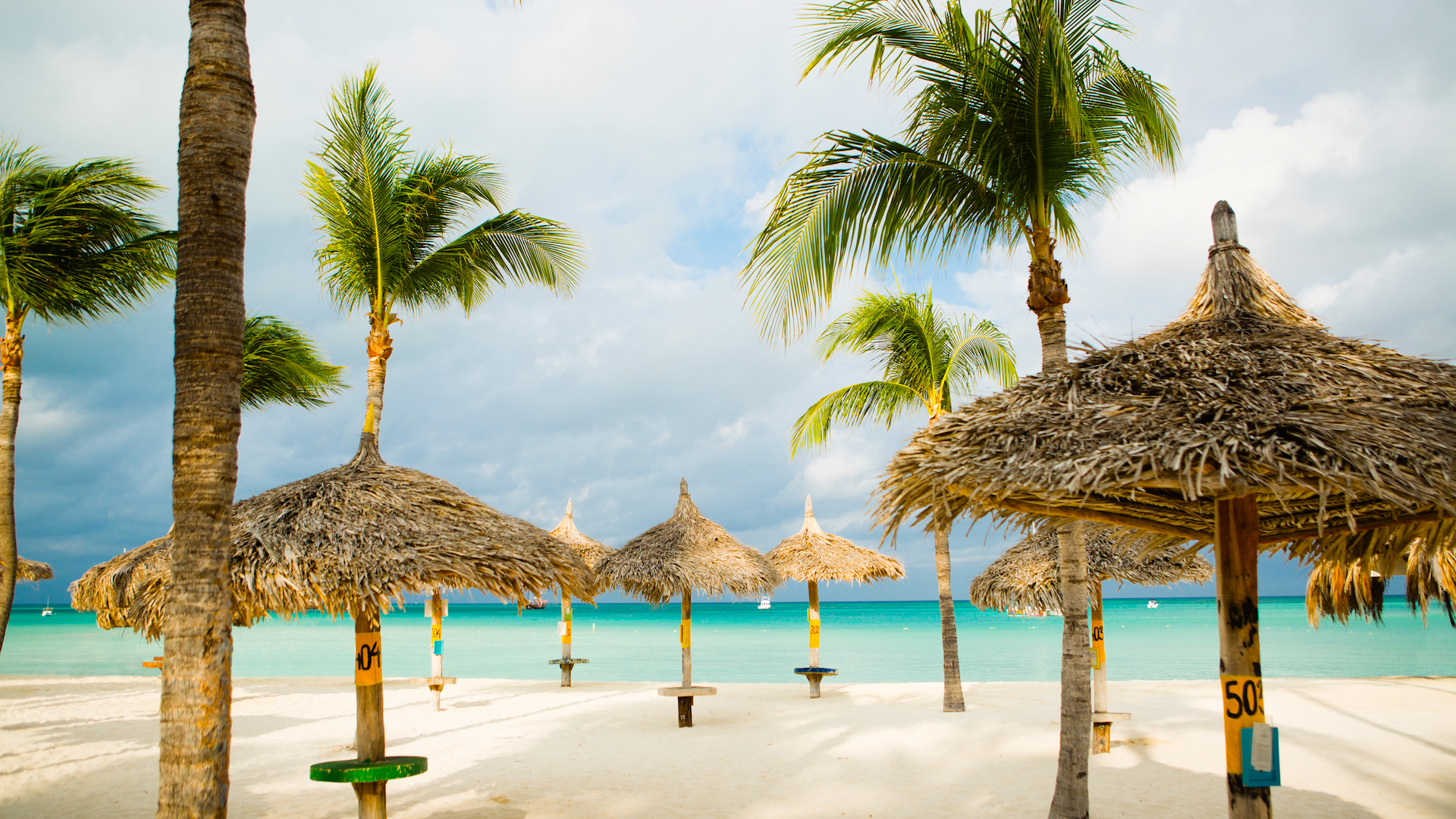I was in high school when the North Vietnamese Army captured Saigon. With the passage of time, my memories are vague. I recall Vietnam War videos and photos of America’s enemy and U.S. soldiers. So when I began planning my 14-day Asian immersion cruise with stops in Ha Long Bay, Chan May and Phu My, I couldn’t wait to see how this country had changed. I’ve been on more than a dozen cruises, so I understand that most shore excursions only show a small snippet of the location. During my Celebrity Cruises vacation, I decided to focus on engaging with local residents in order to learn more about the country’s geography, history and culture.
HA LONG BAY
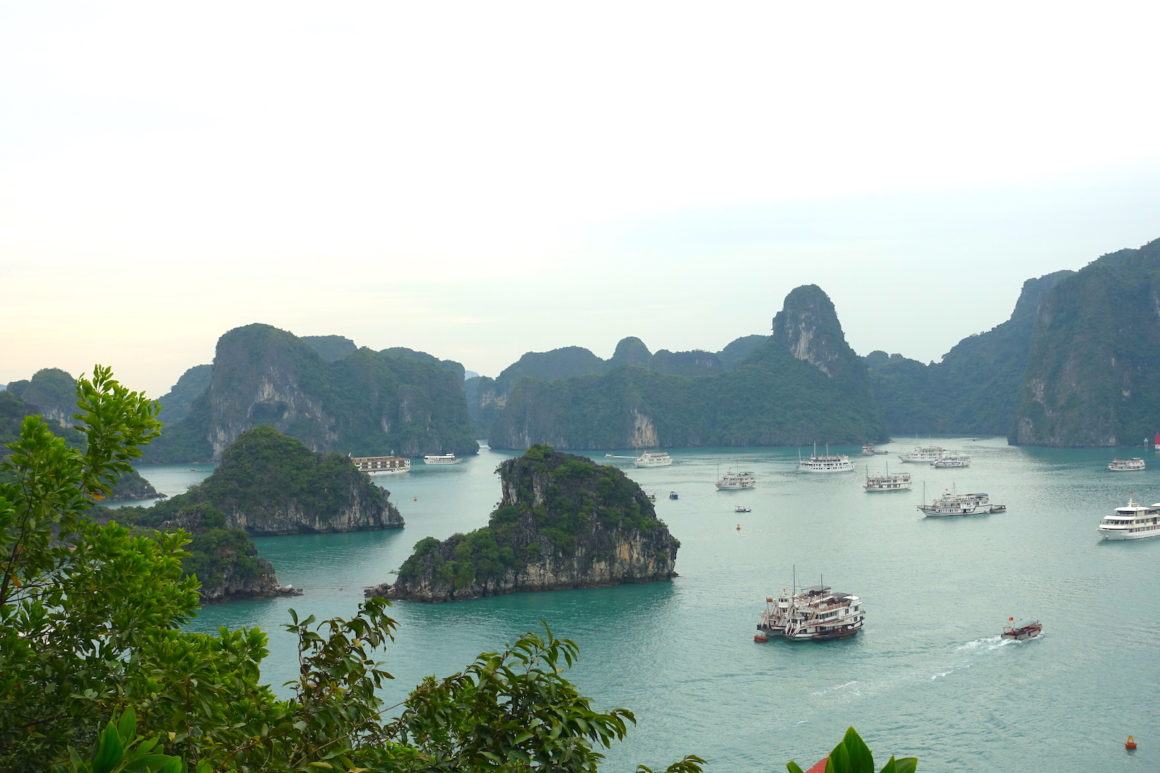
Photo Credit: The Traveling Bornsteins
My first two days were spent in Ha Long Bay – a UNESCO World Heritage Site. This spectacular place is more than 600 square miles filled with almost 2,000 inlets with jagged limestone formations. And at first, I anticipated an unobstructed view of one of Mother Nature’s wonders. Instead, I found an overabundance of tour vessels and small colonies of fishing boats which were connected together in the foreground.
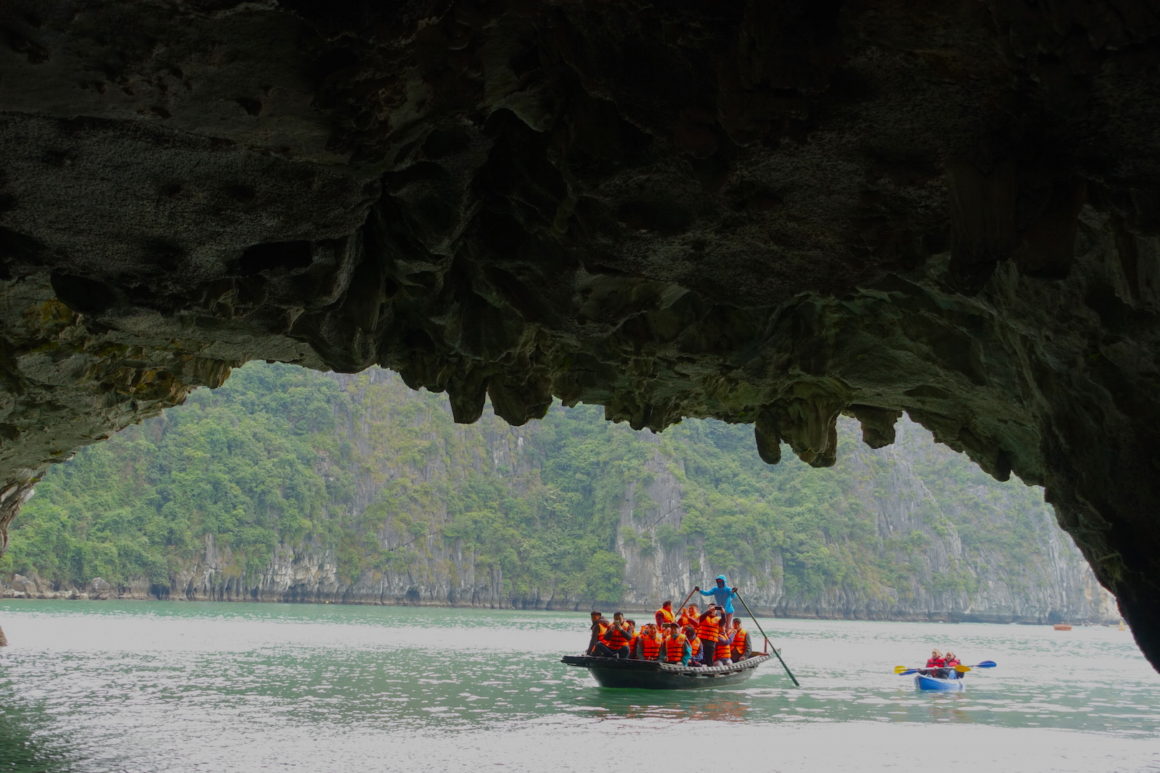
Photo Credit: The Traveling Bornsteins
After settling on the cruise ship, I decided to venture out to Bo Hon Island on Ha Long Bay. I transferred onto a smaller vessel to see the popular Luon Cave. One oarsman standing at the rear of the boat propelled the craft through a small passageway and then meandered around the perimeter so everyone could take photos of the towering rock formations covered with patches of greenery. It was a sight to see.
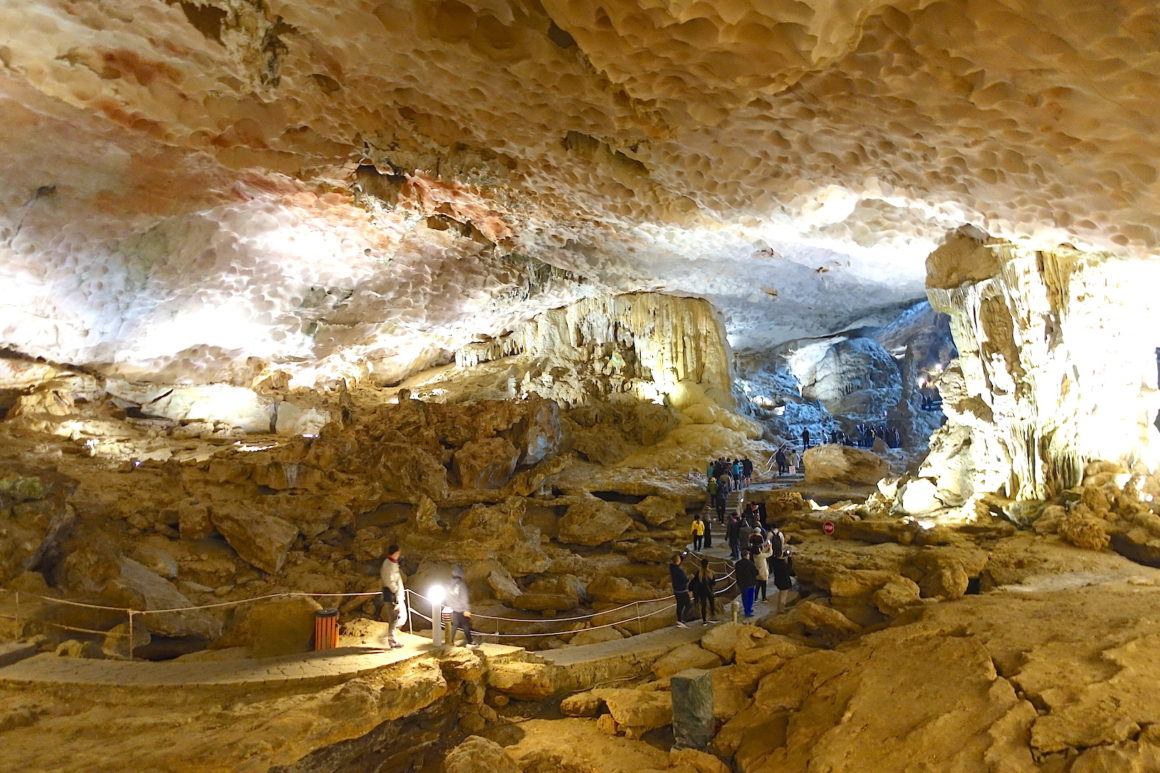
Photo Credit: The Traveling Bornsteins
After leaving Luon Cave, we ventured to Sung Sot Cave (also known as Hang Sung Sot), the largest cave in the bay. I retraced some of the steps of the early 20th-century French explorers who walked the same path.
A FEAST FOR A QUEEN
By early evening, our boat had anchored near Coconut Tree Island. Only a small number of vessels remained in the still waters that evening. In anticipation of a festive dinner, I attended a hands-on cooking demonstration.
Dressed in a traditional á0 dài dress and hat, I enjoyed a dinner consisting of Vietnamese pickles, a rice wrap rolled with a Halong squid cake, steamed shrimp with wild mushrooms, a pan-fried Halong sea bass fillet and king prawns in a honey soya sauce garnished with forest mushrooms, pan-fried noodles and poached bok choy. For dessert, I nibbled on sliced bananas drizzled with two sauces. All the dishes were decadent and delicious.
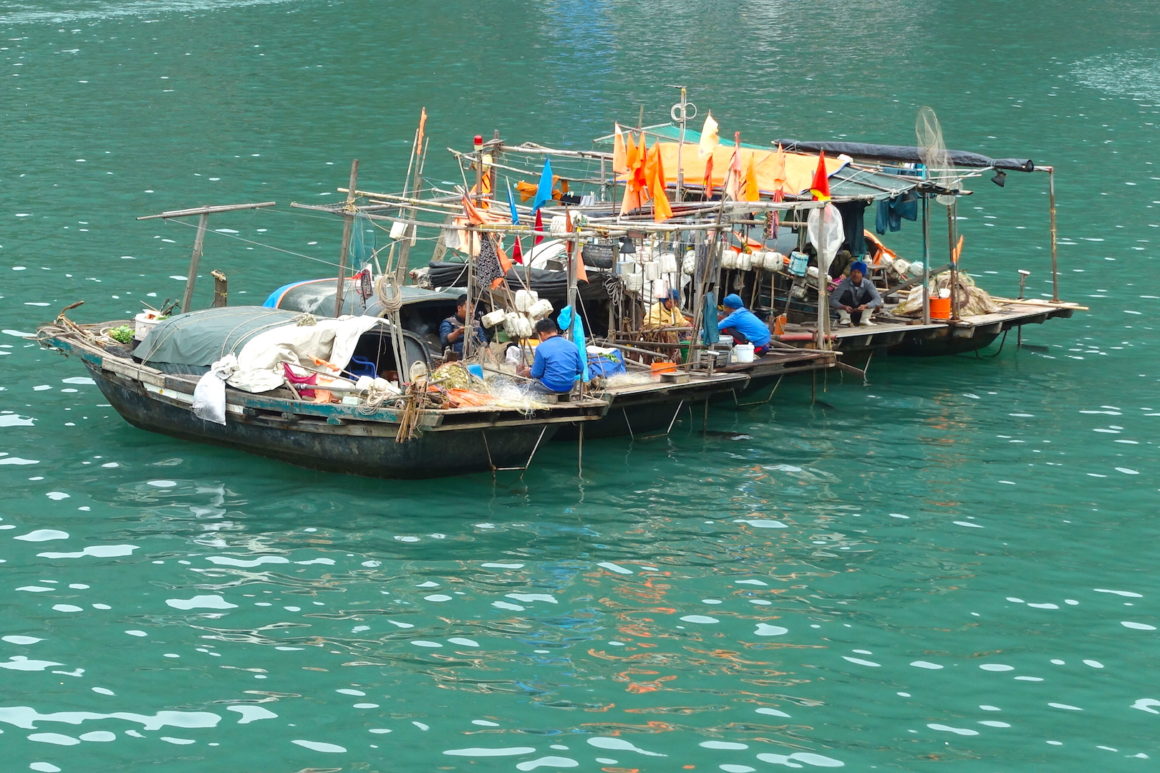
Photo Credit: The Traveling Bornsteins
At sunrise, I dipped further into Vietnamese culture by learning a few basic movements during a sunrise tai chi class. Before heading back to the Tuan Chau Marina, I briefly explored Titov Island. I climbed up several hundred uneven steps while others congregated on a small sandy beach. With sweat dripping from my forehead, I took photos of the bay that was beginning to fill, once again, with tour boats. When the mega cruise ship left the harbor, the overall size of Ha Long Bay became more apparent.
HUE/DANANG (CHAN MAY)
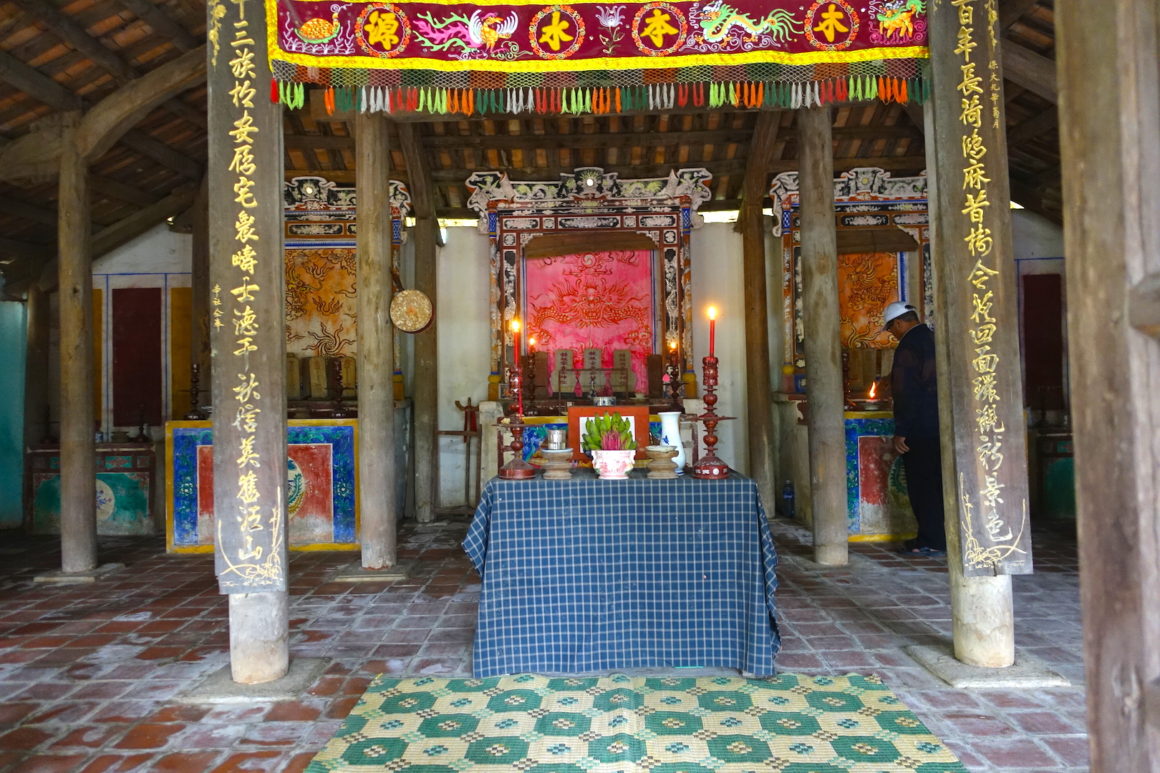
Photo Credit: The Traveling Bornsteins
With about 70 percent of Vietnamese people living on farms, I was eager to travel to the countryside. I endured a long bus ride with an English-speaking tour guide. As we entered Hoa Chau, a communal village, our guide told us about the upcoming lunar year. I learned that preparation is key to this annual lunar year celebration. Most villagers are seeking good luck for the coming year. They painted, repaired, and decorated their modest homes along with donning new outfits and haircuts.
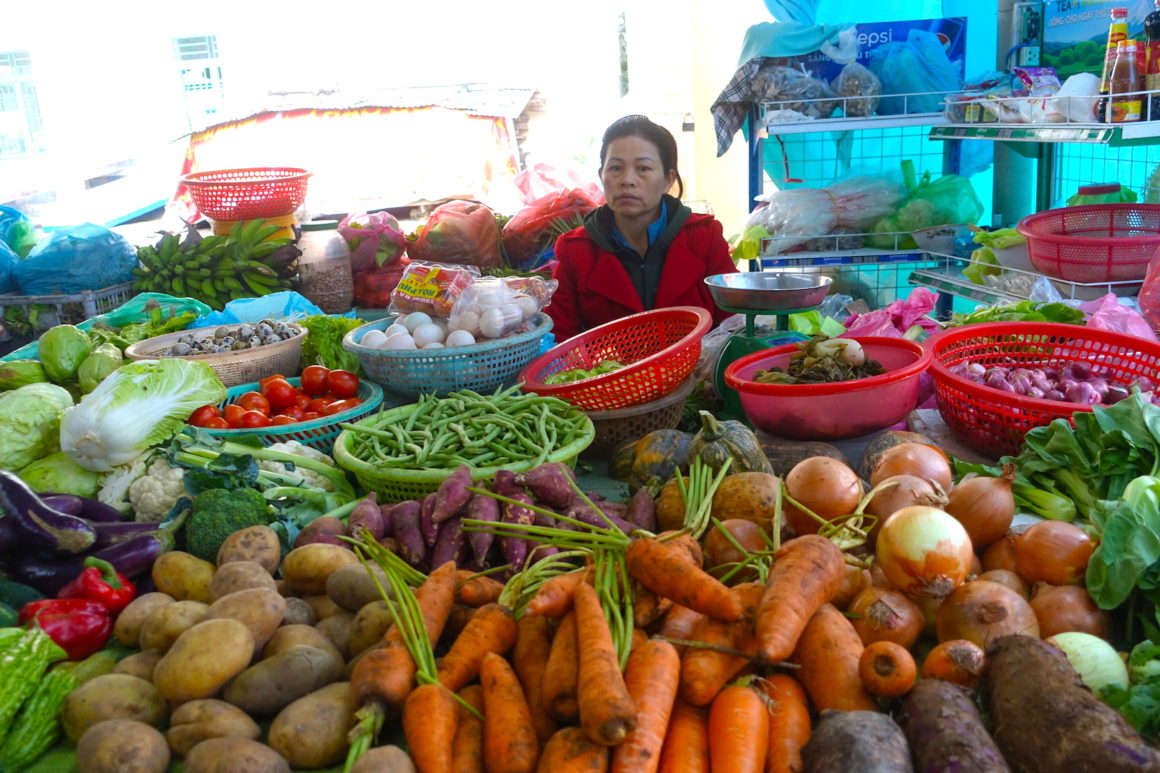
Photo Credit: The Traveling Bornsteins
Our group stopped at a local market where vendors sold fresh meat, fish and produce under a open-sided structure. From there, we ventured out into narrow residential streets where residents waved and smiled at us. We congregated outside a family temple where one worshipper was lighting a candle. I knew that in just a few weeks, all the country’s temples would be filled with people during the lunar festival.
LANDMARKS
Following another prolonged bus ride, we visited Hoi An, a former 16th-and-17th century international trading center for Japanese, Chinese, Dutch and Indian traders. Today, this ancient merchant town is recognized as a UNESCO World Heritage Site and is a major tourist destination.
With less than two hours to explore, I roamed around past temples, communal houses, bridges and markets. I was drawn to a 17th-century Japanese covered bridge that is guarded by a pair of monkey god statues at one end and a pair of dog god statues at the other. Today, locals believe the bridge and temple hold supernatural powers. While I couldn’t relate to the local sentiment, the artifacts inside were still fascinating.
HO CHI MINH (PHU MY)
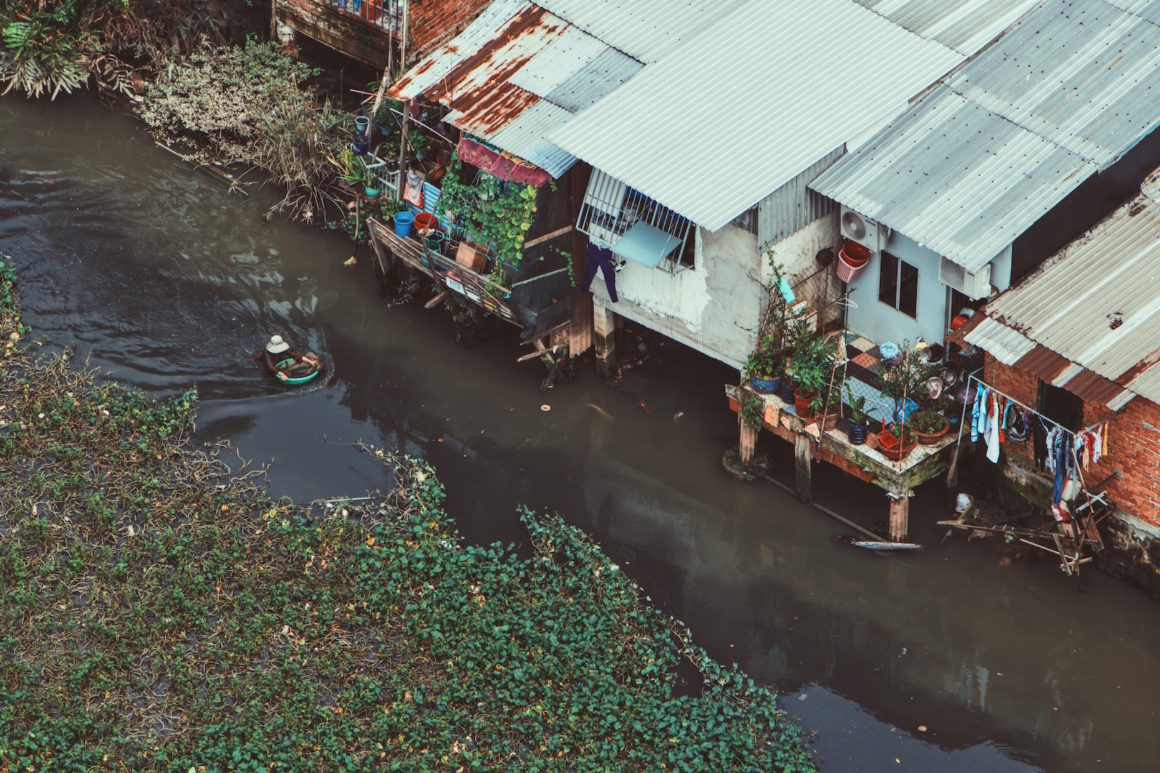
After a day of bus rides, I explored Phu My via boat. As the speedboat whizzed down the tree lined, murky Saigon River dotted with villages, I watched the local fishermen trying their luck. A handful of colossal structures stood out amongst the more primitive, shanty-like structures and stilted houses. The boat dodged many floating branches and passed under numerous bridges.
I continued my journey by bicycle in the stifling heat. I pedaled almost 19 miles through the countryside where chickens and roosters roamed freely. I rode past tapioca trees and rubber tree groves. Nomad families were camping near the rubber trees. Their existence is dependent on the harvesting of this milky white material from the tapioca trees.
CU CHI TUNNELS
The bicycle tour ended near the infamous Cu Chi Tunnels, where I enjoyed another Vietnamese feast. At a mere five foot two inches tall, I struggled to wiggle through the dark and musty tunnels which were once the location of military operations during the Vietnam War. From a Vietnamese perspective, our guide offered a running commentary regarding the exhibits and images inside the tunnel now. The booby trap exhibit was a sharp reminder of the brutality of the Vietnam War.
After my trip, I walked away with a better understanding of the food, the culture and the people that keep this Southeast Asian country steeped in tradition and values.

